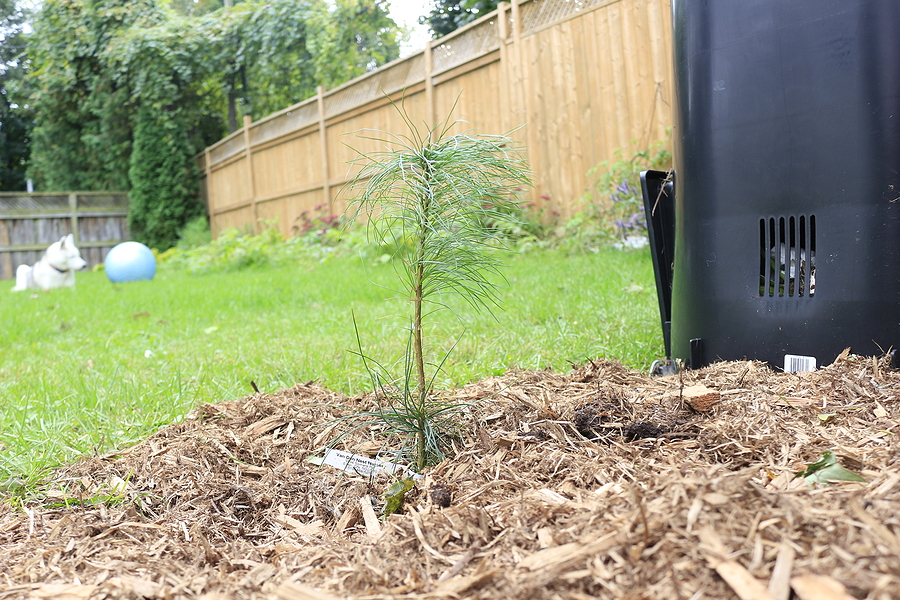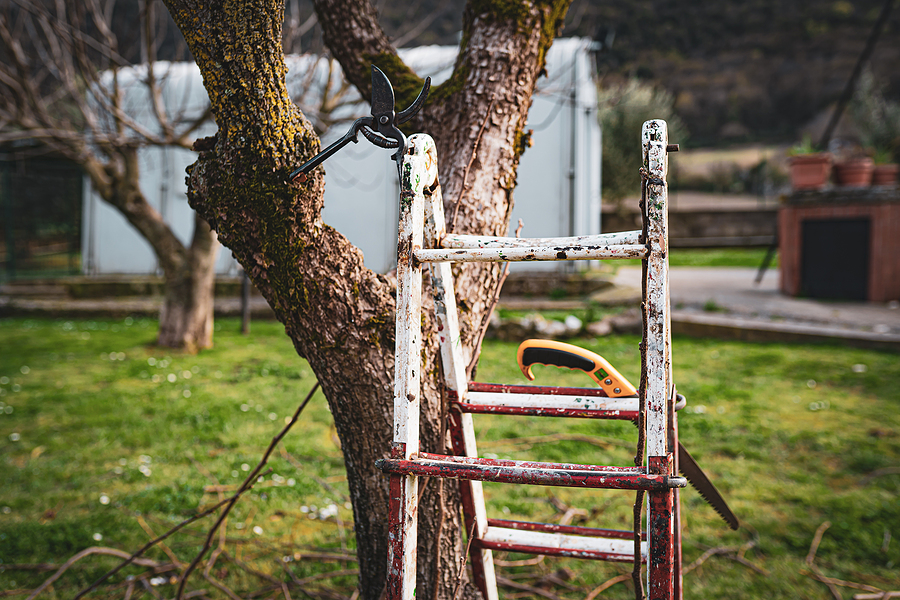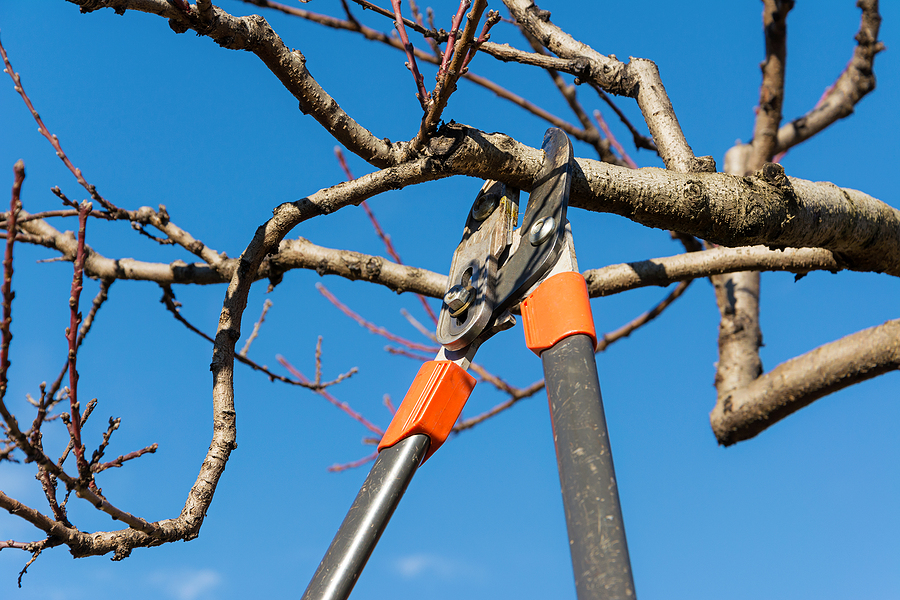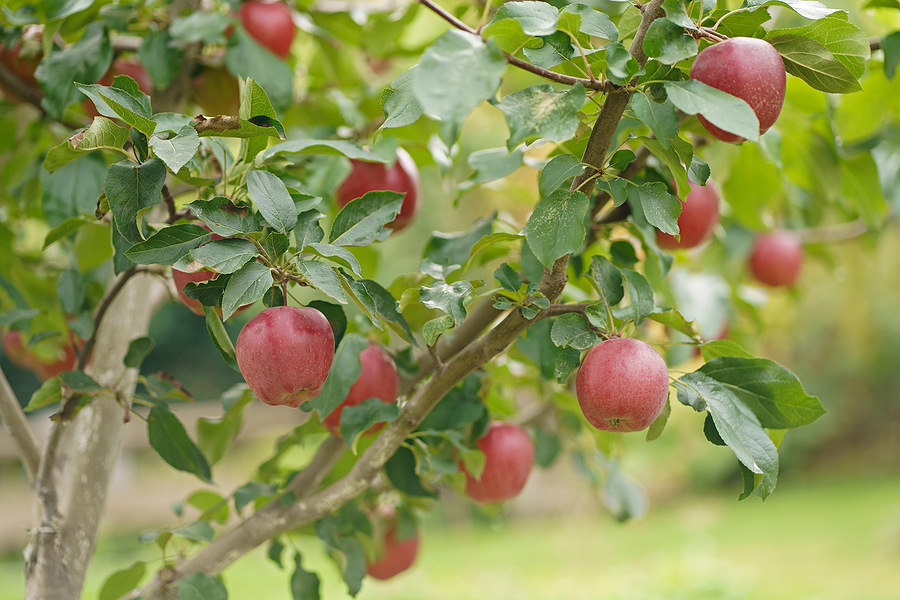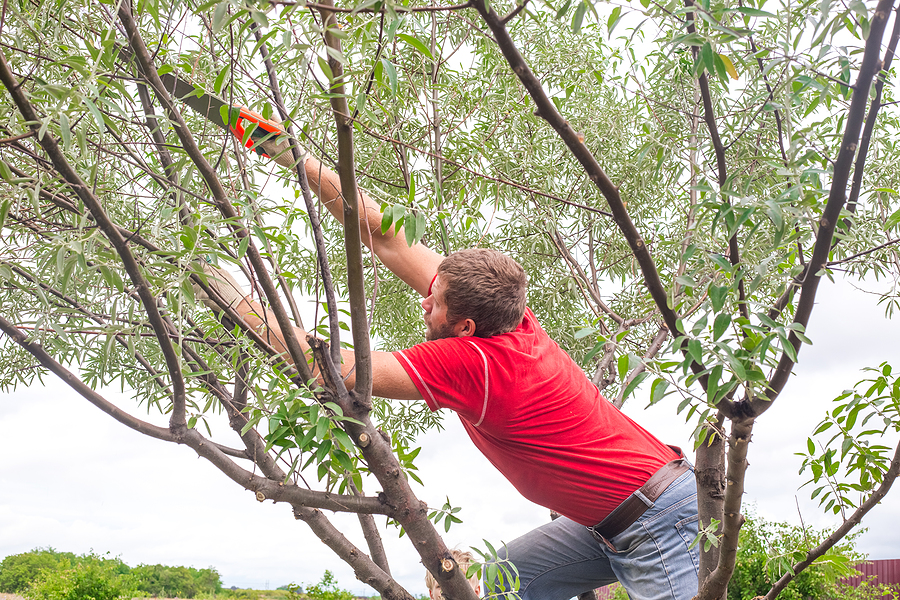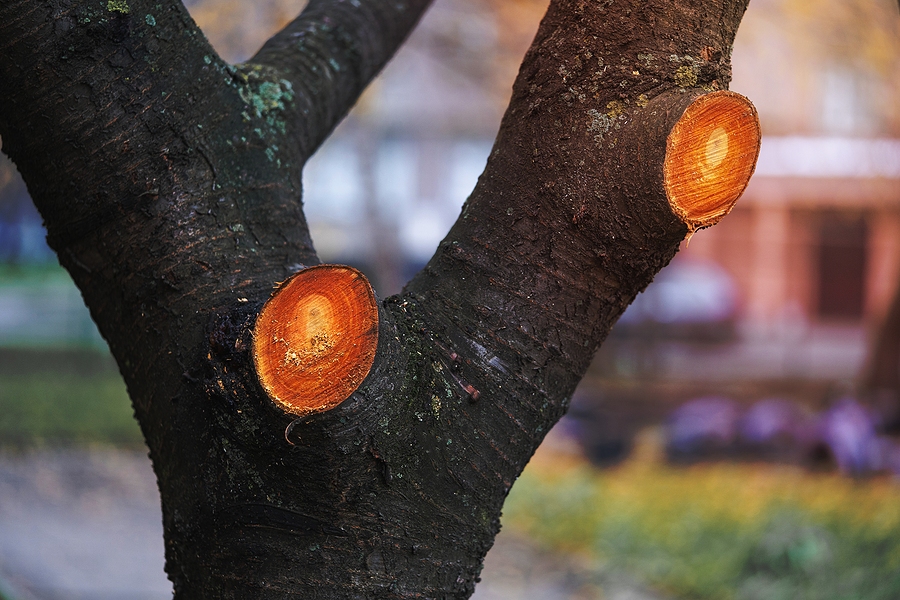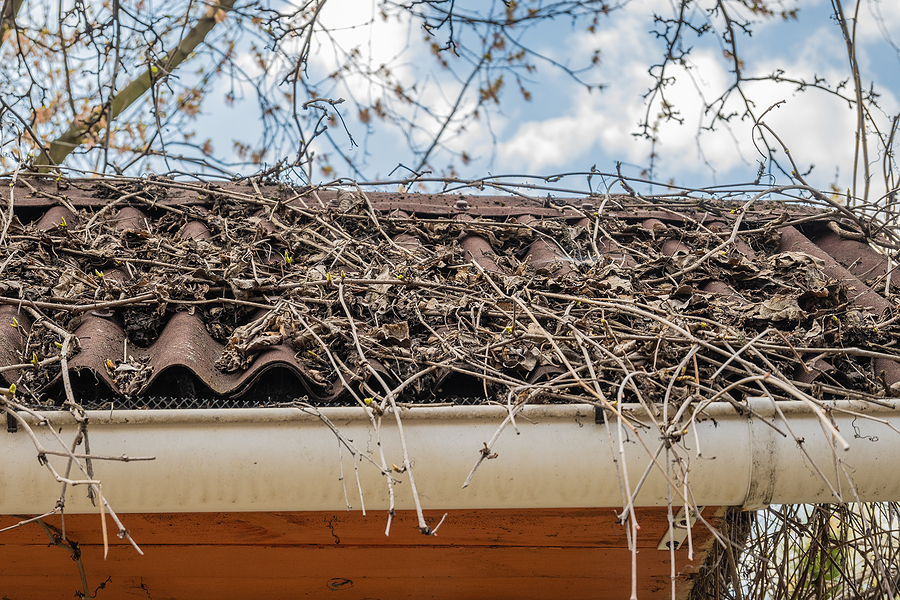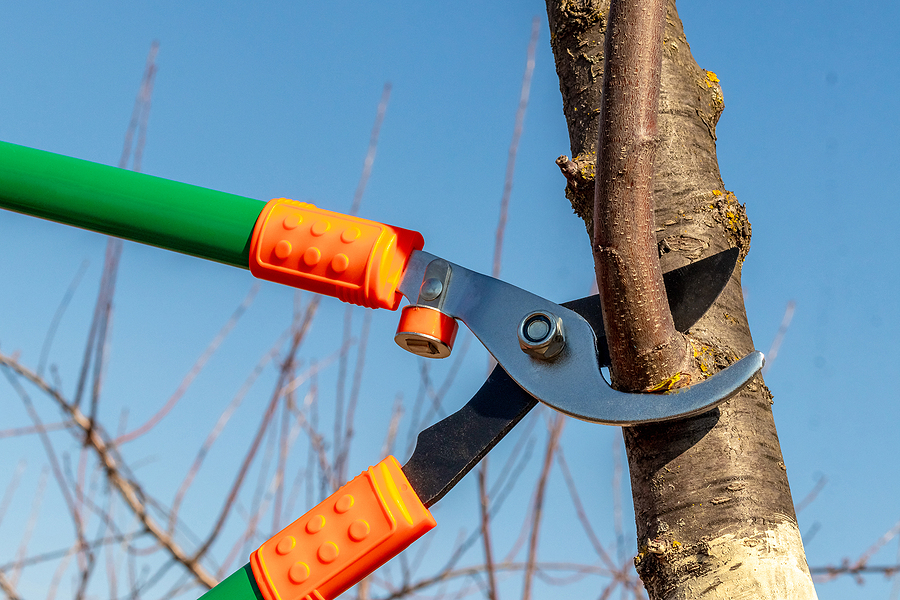For many homeowners, the idea of tackling a project on their own is both enticing and empowering. The DIY trend has surged, fueled by countless online tutorials and the satisfaction of completing tasks without professional help. However, when it comes to tree work, the risks often outweigh the rewards. This blog post will explore why DIY tree work can be dangerous, offering insights and practical tips to ensure your safety.

Statistics Highlighting the Dangers of DIY Tree Work
The dangers of DIY tree work are often underestimated. According to the Consumer Product Safety Commission (CPSC), there are thousands of reported injuries related to tree trimming and removal each year. Shockingly, about 80% of these incidents involve homeowners attempting DIY tree care. These injuries range from minor cuts and bruises to severe trauma and even fatalities. With such alarming statistics, understanding the risks involved becomes crucial for any DIY enthusiast.
Common Mistakes Made During DIY Tree Care
One of the most common mistakes homeowners make is underestimating the complexity of tree work. For example, using improper tools can lead to accidents. A chainsaw in inexperienced hands is a recipe for disaster. Additionally, many homeowners fail to assess the tree’s health and structural integrity, leading to trees falling unpredictably. Another frequent error is neglecting safety equipment. Using ladders on uneven ground or not wearing protective gear increases the risk of severe injuries. Each of these mistakes underscores the importance of expertise in tree care.
Financial and Legal Implications of DIY Tree Work Gone Wrong
Beyond the immediate physical dangers, DIY tree work can have significant financial and legal repercussions. If a tree falls on your property or, worse, a neighbor’s property, the costs can skyrocket. Homeowners’ insurance may not cover damages incurred from DIY projects, leaving you to bear the full financial burden. Furthermore, if someone else gets injured during your DIY attempt, you could face legal liabilities. This financial and legal maze underscores the importance of professional intervention.
The Importance of Professional Tree Service
Professional tree services offer more than just the physical act of trimming or removing trees. They bring expertise, experience, and specialized equipment to ensure the job is done safely and effectively. Experts can identify potential hazards, such as diseased limbs or compromised tree structures, which might go unnoticed by amateurs. Hiring professionals also means that they are insured, minimizing your financial and legal risks. Ultimately, professional tree services provide peace of mind, knowing the job is done right.
A Guide on How to Choose the Right Company
Selecting the right tree service company is crucial for ensuring quality work. Start by researching local companies and reading reviews. Look for certifications and memberships in professional organizations, which indicate a commitment to industry standards. Ask for estimates and compare prices, but remember that the cheapest option isn’t always the best. Inquire about their insurance coverage to protect yourself from potential liabilities. By doing your homework, you can find a reliable tree service company that meets your needs.
Conclusion
The allure of DIY projects is understandable, but when it comes to tree work, the potential dangers and complexities make professional intervention the smarter choice. The statistics and examples highlighted in this post demonstrate the physical, financial, and legal risks associated with DIY tree care. By opting for professional tree services, you ensure safety, expertise, and peace of mind. Don’t gamble with your well-being or finances—seek professional advice and keep your home and loved ones safe.
If you’re considering tree work on your property, think twice before going the DIY route. Instead, contact Timberland Tree Care at 317-348-0811 for licensed and insured tree service in Indianapolis, Indiana. We serve residential and commercial customers all throughout the surrounding Indy areas. Reach out today and take the first step toward safe and efficient tree care.
Related Posts:
Essential Guide to Caring for Newly Planted Trees
What You Need to Know About Tree Mulching
The Basics of Routine Tree Care


